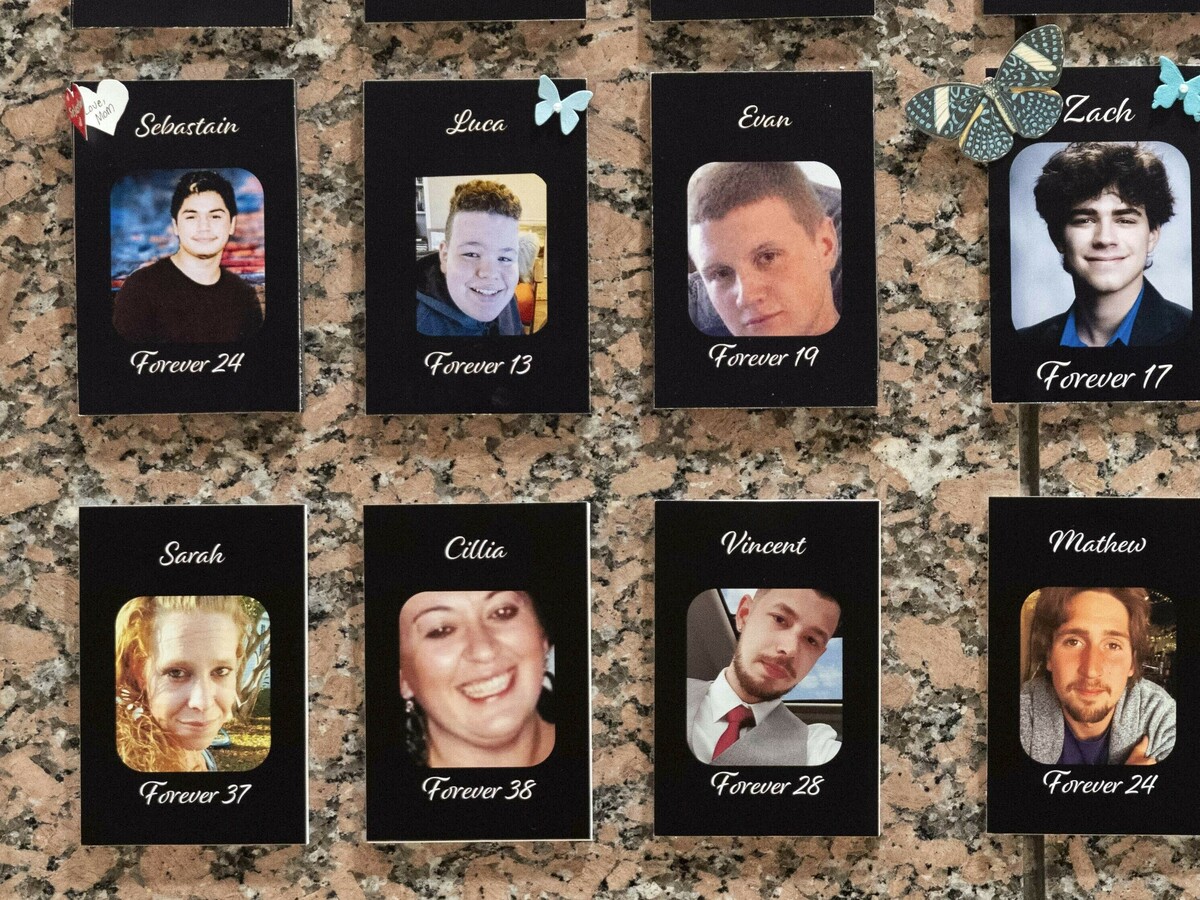
Photographs of people who had died from drugs are on display during the Second Annual Family Summit on Fentanyl at DEA Headquarters in Washington, Tuesday, Sept. 26, 2023. Jose Luis Magana/AP hide caption

Photographs of people who had died from drugs are on display during the Second Annual Family Summit on Fentanyl at DEA Headquarters in Washington, Tuesday, Sept. 26, 2023.
Jose Luis Magana/APFentanyl has killed an unprecedented number of people in the United States again in 2023. But so far Washington's political leaders haven't been able to workout creative solutions to the crisis together.
Like the pandemic before it, the fentanyl crisis has divided Americans along political and cultural fault lines.
NPR's Asma Khalid speaks with three reporters — NPR's addiction correspondent Brian Mann, WBUR's Martha Bebinger, and KFF Health News' Aneri Pattani — about the depth of the crisis and possible solutions.

 Live Radio
Live Radio